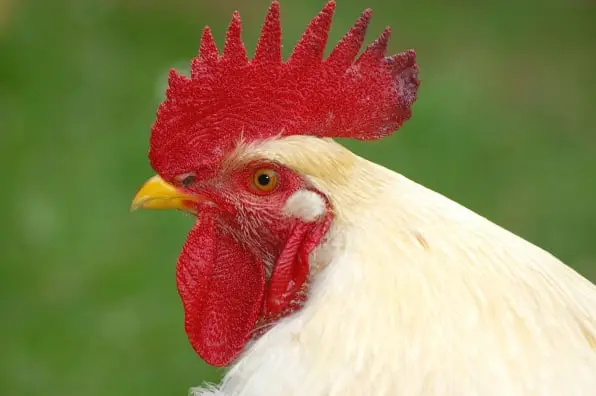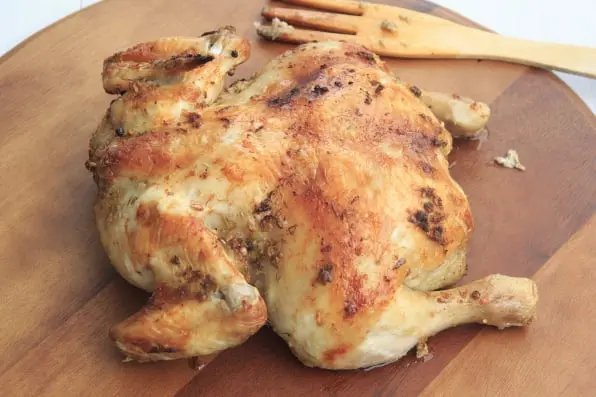Poultry Traceability app:
Poultry Traceability app for poultry farming, poultry harvest, poultry processing, packing, poultry freezing: full poultry Traceability solution.

Poultry Supplier Traceability & management
Traceability of animals and animal products is becoming an essential marketing requirement necessary to meet heightened consumer expectations, particularly with respect to food safety. Traceability is a fundamental part of the management and audit systems that have been developed to provide assurances to the consumer. Most poultry products are produced by large companies who control all facets of production to an extraordinary level. The primary breeding, commercial breeding and production stages of poultry production have had to develop comprehensive recording and traceability systems, for productivity rather than public health reasons. These systems are principally documentary trails on an individual flock basis. Each flock comprises a unit having the same or similar status. Individual identification of poultry is not generally practised commercially, except in elite breeding stock. Traceability systems are being expanded in the production, processing and distribution areas to accommodate consumer concerns regarding public health and other issues. The nature of the industry and the level of controls applied by the poultry sector can provide sound and sustainable guarantees to the consumer. Future development lies in the wider application of sophisticated computerised systems at primary and further processing levels, to ensure that traceability can be maintained.

Poultry Traceability during production
View App Specifications.
A new traceability technology called Agistics gives companies the ability to make real-time decisions by tracking where products are in the supply chain process, preventing logistical issues and reducing man hours.
Precision agriculture solutions are widely utilized across the poultry and egg industries. However, the movement of agricultural products still causes problems for producers.
“With the rapid adoption of precision agriculture across the industry, there are still major gaps in the logistics of agricultural cargo,” said Mike Shindelar, DP Techlink CEO, at the 2022 Poultry Tech Summit.
“The U.S.’s current truck driver shortage and the avian influenza outbreak make efficiency in the transportation process increasingly important.”
To improve these issues, Agistics can track loads of agricultural products in real-time to help optimize driver routes and efficiency, improve biosecurity programs, reduce man hours and provide logistic transparency to the poultry supply chain.
How it works
Drivers are tracked using a GPS and the system sends notifications to team members through a mobile application.
This allows team members throughout the process to receive new delivery information and notifications that guide them through each step of the product’s trip including pickups, weigh stops, sanitation steps, biosecurity steps and drop offs.
“We track poultry and other egg-based commodities through blind spots in the food cycle when they’re on trucks moving from point to point,” Shindelar continued.
The technology can integrate with a company’s existing enterprise resource planning (ERP) and Mill Management software, allowing schedulers and production teams to edit and publish logistics schedules and save wasted work hours for drivers and operations. Additionally, reports are available for all deliveries for record keeping and audit purposes.
The technology can also contribute to a producer’s biosecurity plan. In the event of a potential biosecurity threat, such as an avian influenza outbreak on a farm, drivers are automatically rerouted to prevent any potential cross contamination.
“The key is to provide real time information logistics to logistics personnel, so they can make quick adjustments for drivers and loading and catching teams,” he added.

Poultry Traceability & management
When it comes to traceability of food products, some of the most significant challenges and opportunities are found in the meat and poultry industries. This is because traceability becomes substantially more complicated for any product that is derived from a live animal. On the farm, traceability of the animals themselves is critical to avoid the introduction and spread of animal disease. After harvest, traceability can become even more complex as components from hundreds of animals are commingled to process individual food products. This complexity is enhanced at retail, where some of these products are processed further. To manage these complexities, traceability systems have been developed to help better track the origins of raw animal foods. In addition, to enhance their ability to regulate food and respond more rapidly to foodborne illness outbreaks, FSIS has continually tightened the regulations governing the traceability of food products and the animals from which they are derived.
Keywords
Meat and poultry traceability
Animal traceability
Ground beef traceability
Traceability systems
Critical tracking events
Key data elements
Traceability technologies
Foodborne illness outbreak investigations

Daily Poultry factory hygiene checklist
What is the definition of ‘poultry’ in this consultation?
The definition of ‘poultry’ for the purposes of this consultation includes all domesticated birds used for the production of meat or eggs for consumption, for the production of other commercial products, for restocking supplies of game, or for breeding, racing, exhibition or competition.
Poultry includes chickens, turkeys, ducks, geese, guinea fowl, pigeons, quail, pheasants, partridges, emus, ostriches and domesticated pigeons (such as those kept for breeding, racing, exhibition or competition).
top of the page
Who will be required to register with DPIRD under the proposed changes to legislation?
Any person or entity in the categories below will be required to register with DPIRD as a livestock owner and be issued with a PIC for all locations where they keep poultry:
persons/entities with 50 or more poultry
persons/entities with 10 or more ostriches or emus
persons/entities who sell eggs and/or bird meat (regardless of how many birds they own) to
any other person (including friends and neighbours)
a food business such as a supermarket, café, hotel or bakery
another egg producer
a market/farmers market
wholesaler.
Owners of poultry abattoirs will be required to register with DPIRD as a non-farming property operator and be issued with a PIC.
top of the page
Will individual birds require some form of identification and for their movements to be recorded?
There are no proposed requirements to individually identify birds or record movements of birds from property to property.
top of the page
Will the proposed registration changes affect backyard and hobby bird owners?
The proposed requirement will not affect backyard and hobby bird owners with fewer than 50 poultry or 10 emus or ostriches unless they sell bird meat or eggs (including to friends, neighbours or at farmers’ markets).
top of the page
If I already have a PIC for my livestock, will I need another PIC for my poultry under the proposed changes?
No, the existing PIC will cover all livestock on your property. Once legislative amendments have been made, you should modify your registration details to show that you run poultry as well as other stock.
top of the page
How was the threshold number for poultry owner registration in WA determined?
DPIRD examined the thresholds set for registration in other Australian jurisdictions and proposed 50 or more poultry and pigeons and 10 or more ostriches or emus as the WA threshold. These figures align with the Victorian legislative arrangements, and are designed to capture owners with significant numbers of birds while minimising impacts on hobby or backyard non-commercial poultry owners.
top of the page
I’m already registered with the Department of Health as an egg producer. Why do I have to register with DPIRD as well under the proposed changes?
The registration of poultry owners and their properties with DPIRD will complement the existing Department of Health arrangements that require egg producers and processors selling eggs to mark each individual egg or egg package with a unique identifier and encourages producers/processors to record their unique identifier on a central register. The combination of the two systems will ensure that biosecurity and food safety risks are managed effectively across the range of enterprises including exhibition and competition as well as food production.
top of the page
How will having a PIC for my poultry property assist if WA has an emergency disease outbreak such as high pathogenic avian influenza or a food safety incident?
In the event of a biosecurity emergency or food safety incident, a register of owners with PICs will enable DPIRD to contact bird properties quickly with relevant biosecurity information.
The PIC system also allows DPIRD to identify which poultry businesses are affected by a disease or food safety incident so that biosecurity action can be targeted to those businesses, thereby minimising disruption to unaffected businesses.
top of the page
Do poultry owners in other Australian jurisdictions have to register as a livestock owner?
Yes, all other states and territories require poultry owners to register with their agricultural authority.
top of the page
What is a property identification code (PIC)?
A property identification code (PIC) is an eight character alphanumeric code assigned to an agricultural property by the Department of Primary Industries and Regional Development (DPIRD). The PIC is allocated to an owner of livestock who operates and keeps stock on the property. Western Australian PICs begin with the letters WA followed by two letters that identify the Shire where the property is located e.g. York is YK followed by four digits which are sequentially allocated (